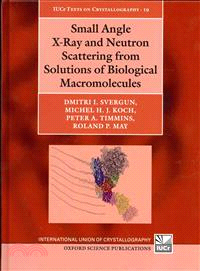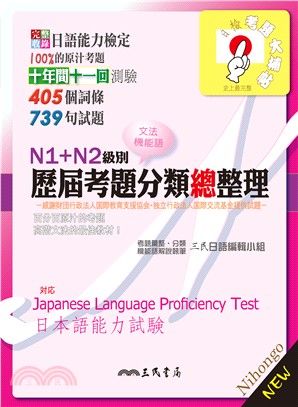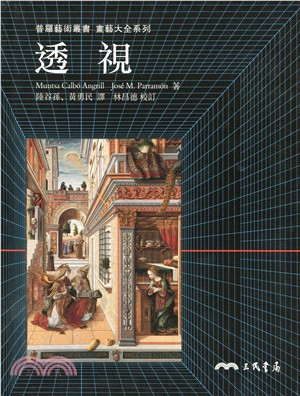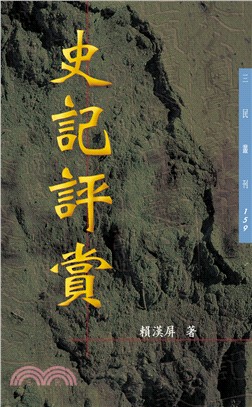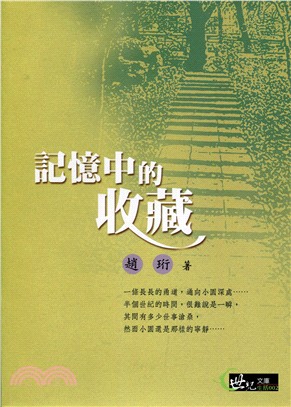Small Angle X-Ray and Neutron Scattering from Solutions of Biological Macromolecules
商品資訊
ISBN13:9780199639533
出版社:OUP Academic UK
作者:Dmitri I. Svergun; Michel H. J. Koch; Peter A. Timmins; Roland P. May
出版日:2013/11/01
裝訂/頁數:精裝/416頁
規格:25.4cm*17.8cm*2.5cm (高/寬/厚)
定價
:NT$ 3920 元優惠價
:90 折 3528 元
無庫存,下單後進貨(到貨天數約30-45天)
下單可得紅利積點:105 點
商品簡介
作者簡介
相關商品
商品簡介
Small-angle scattering of X-rays (SAXS) and neutrons (SANS) is an established method for the structural characterization of biological objects in a broad size range from individual macromolecules (proteins, nucleic acids, lipids) to large macromolecular complexes. SAXS/SANS is complementary to the high resolution methods of X-ray crystallography and nuclear magnetic resonance, allowing for hybrid modeling and also accounting for available biophysical and biochemical data. Quantitative characterization of flexible macromolecular systems and mixtures has recently become possible. SAXS/SANS measurements can be easily performed in different conditions by adding ligands or binding partners, and by changing physical and/or chemical characteristics of the solvent to provide information on the structural responses. The technique provides kinetic information about processes like folding and assembly and also allows one to analyze macromolecular interactions.
The major factors promoting the increasingly active use of SAXS/SANS are modern high brilliance X-ray and neutron sources, novel data analysis methods, and automation of the experiment, data processing and interpretation.
In this book, following the presentation of the basics of scattering from isotropic macromolecular solutions, modern instrumentation, experimental practice and advanced analysis techniques are explained. Advantages of X-rays (rapid data collection, small sample volumes) and of neutrons (contrast variation by hydrogen/deuterium exchange) are specifically highlighted. Examples of applications of the technique to different macromolecular systems are considered with specific emphasis on the synergistic use of SAXS/SANS with other structural, biophysical and computational techniques.
The major factors promoting the increasingly active use of SAXS/SANS are modern high brilliance X-ray and neutron sources, novel data analysis methods, and automation of the experiment, data processing and interpretation.
In this book, following the presentation of the basics of scattering from isotropic macromolecular solutions, modern instrumentation, experimental practice and advanced analysis techniques are explained. Advantages of X-rays (rapid data collection, small sample volumes) and of neutrons (contrast variation by hydrogen/deuterium exchange) are specifically highlighted. Examples of applications of the technique to different macromolecular systems are considered with specific emphasis on the synergistic use of SAXS/SANS with other structural, biophysical and computational techniques.
作者簡介
Dmitri I. Svergun, Group Leader and Senior Scientist, European Molecular Biology Laboratory, Hamburg,Michel H. J. Koch, Department of Chemistry, University of Leuven,Peter A. Timmins, Long-term Visitor, Institut Laue-Langevin, Grenoble,Roland P. May, Long-term Visitor, Institut Laue-Langevin, Grenoble
Dmitri I.Svergun: MSc in Solid state physics (1980), Physics Department, Moscow State University, Russia; PhD in Physics and Mathematics (1982) and Dr. of Science (1997), Institute of Crystallography, Moscow, Russia; Engineer, Researcher, Senior Scientist at the Institute of Crystallography, Russian Academy of Sciences, Moscow (1980 - 2008); Guest scientist, GKSS Research Centre, Geesthacht, Germany (1990-1991); Visitor, Staff Scientist, Group Leader, at the European Molecular Biology Laboratory Hamburg Outstation (1991-present).
Michel, H.J. Koch: PhD in chemistry, University of Louvain (1970), Neutron scattering on biological macromolecules in solution (1974-1976). Consultant (1975-1976), Group leader at the European Molecular Biology Laboratory outstation at DESY, Hamburg (1977-2006), Visiting professor at the Faculty of Engineering and Natural Science, Sabanci University, Turkey (2008-2009) and the Chemistry Department, University of Leuven (2006 - present).
Roland May: Diploma in Physics (Technische Universitat Munchen); Thesis work at the Max-Planck Institut fur Biochemie, Martinsried; PhD Technische Universitat Munchen 1978; scientist in the Large-Scale Structures group of the Institut Laue-Langevin, Grenoble until 2008; retired.
Peter Timmins: BSc in Chemistry (1967), MSc in Crystallography (1968) and PhD in Crystallography (1972) - Birkbeck College, University of London. Instrument Scientist, Institut Laue-Langevin, 1975 - 1993, Head, Large Scale Structures Group, Institut Laue-Langevin, 1993 - 2010. Since 2010, retired.
主題書展
更多
主題書展
更多書展今日66折
您曾經瀏覽過的商品
購物須知
外文書商品之書封,為出版社提供之樣本。實際出貨商品,以出版社所提供之現有版本為主。部份書籍,因出版社供應狀況特殊,匯率將依實際狀況做調整。
無庫存之商品,在您完成訂單程序之後,將以空運的方式為你下單調貨。為了縮短等待的時間,建議您將外文書與其他商品分開下單,以獲得最快的取貨速度,平均調貨時間為1~2個月。
為了保護您的權益,「三民網路書店」提供會員七日商品鑑賞期(收到商品為起始日)。
若要辦理退貨,請在商品鑑賞期內寄回,且商品必須是全新狀態與完整包裝(商品、附件、發票、隨貨贈品等)否則恕不接受退貨。



